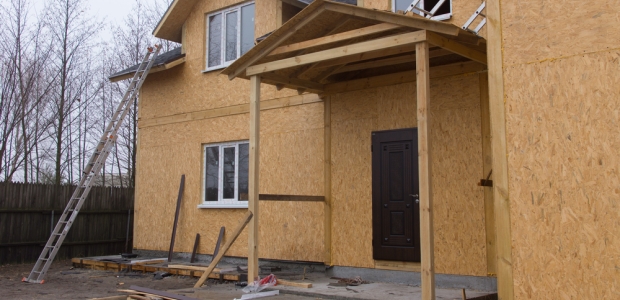
AGC Study Supports Noontime Toolbox Talks
CEO Stephen Sandherr said the association is now advising construction firms to hold their safety talks and stretching sessions when workers return from their 11 a.m. to noon lunch break, which is common on most job sites, and is looking to establish new training programs to encourage ladder safety.
Associated General Contractors of America released a new study on April 4 with the goal of improving safety for construction workers, even as AGC announced that two-thirds of metro areas added construction jobs during the past 12 months. "We all share a common goal: getting to zero construction fatalities," said Stephen E. Sandherr, the association's chief executive officer. "This report offers the kind of data and recommendations needed to help construction firms achieve that goal."
AGC said a new analysis of construction employment data shows that 239 out of 358 metro areas added construction jobs between February 2016 and February 2017. Sandherr said Riverside-San Bernardino-Ontario, Calif. (9,000 jobs, 10 percent) added the most jobs, while Grand Forks, N.D.-Minn. (37 percent, 1,000 jobs) added the highest percent of new jobs during that period. He said AGC worked with the Myers-Lawson School of Construction at Virginia Tech University to conduct the study of every construction fatality that occurred in a three-year period, believing this is the best way to help construction firms use the most effective safety measures is to understand why, when, and how construction fatalities occur.
And they found something significant, and perhaps surprising: Although prior research indicated most construction fatalities occur in the morning, noon actually is the deadliest hour in construction. Sandherr said the association is now advising construction firms to hold their safety talks and stretching sessions when workers return from their 11 a.m. to noon lunch break, which is common on most job sites.
He said the study also found that Hispanic construction workers are not disproportionately the victims of construction fatalities: They are 24 percent of the national construction workforce and represent 25 percent of all construction fatalities. Sandherr said this is important because it indicates construction firms need to craft safety programs targeting their entire workforce instead of specific segments.
The study reinforced that falls from height -- from ladders and other structures -- account for one-third of U.S. construction fatalities, which confirms AGC's and industry's longstanding focus on offering training and safety stand-downs addressing fall protection. He said the association is now also looking to establish new training programs designed to improve ladder safety.